Newly acquired, a tour-de-force in fine press publishing from Whittington Press, http://www.whittingtonpress.com/
A Vision of Order. 35 linocuts by Andrew Anderson, with his commentaries on the images (Risbury, Herefordshire: Whittington Press, 2011). Copy xviii of 35, bound in Oasis goatskin and accompanied by the nine-sheet image of Cashel (printed on G.F. Smith Naturalis paper), and a signed print of "The Apple Girl," printed by John Grice at his Evergreen Press.
[shown sideways]The text is keyboarded and cast in 18- and 20- point Caslon (the latter issued as 22-point by William Caslon I in 1732, one of the earliest & prettiest founts of the Caslon's family), and printed by John Randle and Tom Mayo on Zerkall mould-made and Ingres papers.
According to the Whittington website, "The large format of A Vision of Order allows most of the prints to be tipped in unfolded. Like our Posters published in 1996, it will be a monumental volume in its own right, set in a large size of the Caslon type for which the Press has become renowned. Tom Mayo, who will be doing much of the printing of this large and unusual project, will be posting a blog giving an illustrated report of its progress." http://avisionoforder.blogspot.com/
See also Andrew Anderson's comments in Matrix 28, pp. 9-14 (Graphic Arts Oversize Z119 .M38q). By the way, it's pronounced Mat trix; not May trix.
Next Saturday, September 3, 2011, will be the Whittington Press's annual open house. As usual it will coincide with the annual Whittington Village Summer Show with all its usual horticultural and other attractions. Whittington Court will be open to the public and the Press will as usual be showing off its latest work. In particular, Neil Winter will be demonstrating the increasingly rare skill of casting type on the Monotype casters.
If you can get there, you might have the treat of seeing a copy of this remarkable book in person. Whittington is 40 miles west of Oxford, 5 miles east of Cheltenham, just off the A40.
The Rock of Cashel, nine sheets joined together to form an image measuring 4 ½ x 3 ft (see Matrix 28, p. 13)
To read an interview with John Randle of Whittington Press, see http://www.whittingtonpress.com/forum.pdf
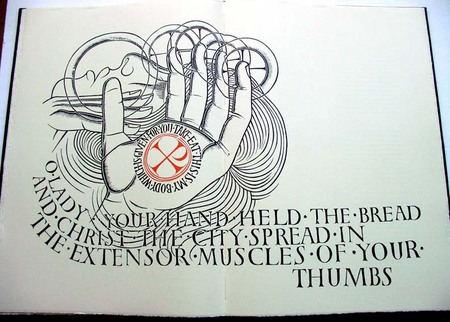


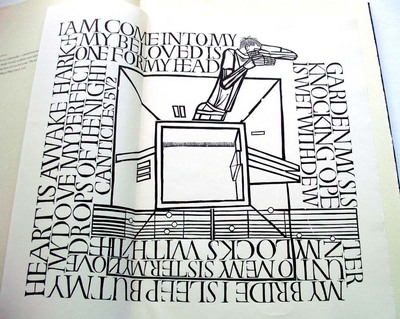

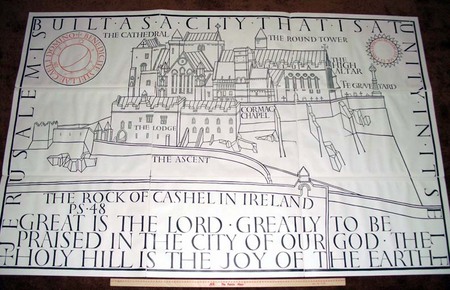
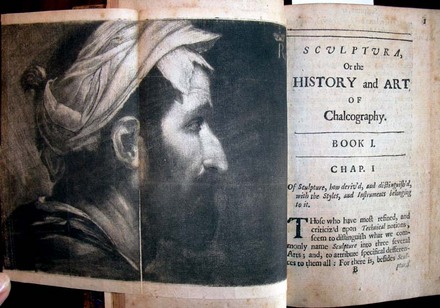
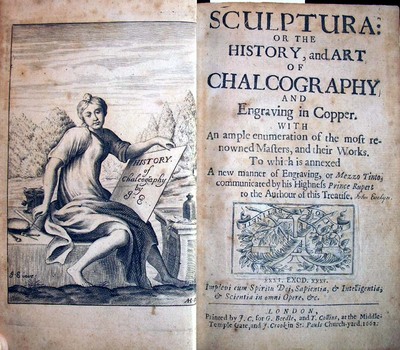
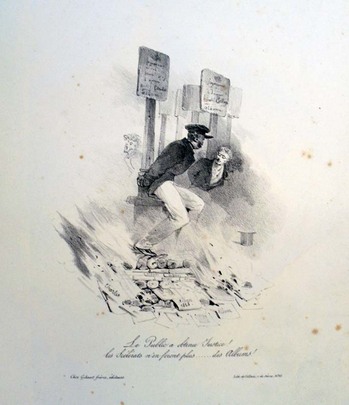
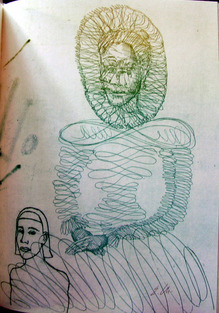
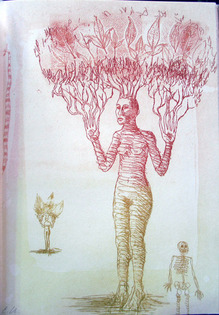
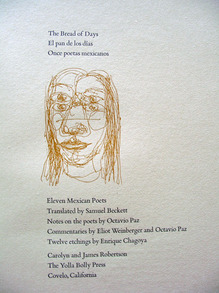
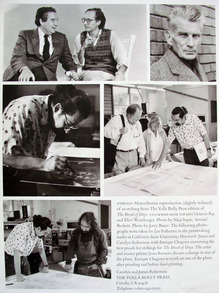
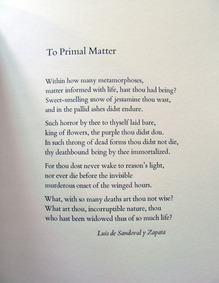
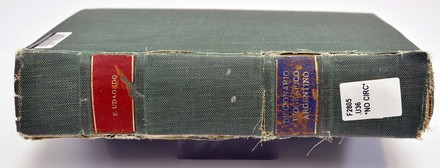


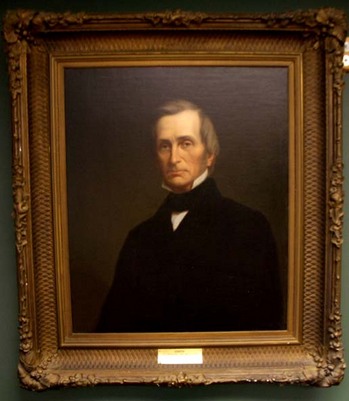

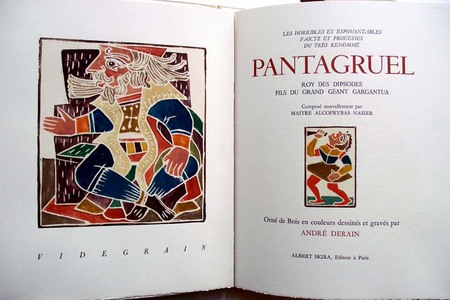


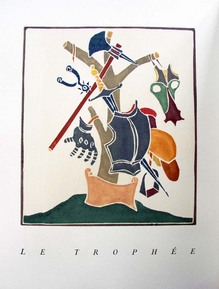


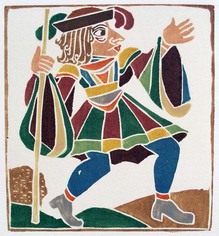
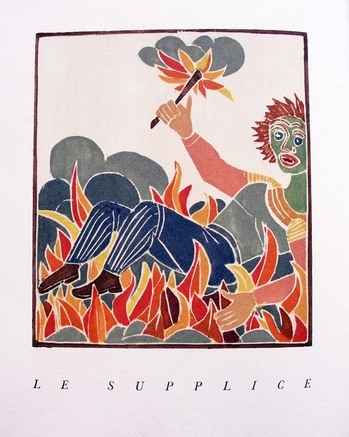
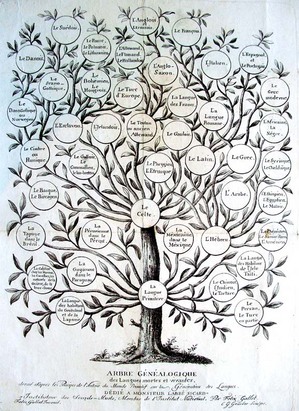
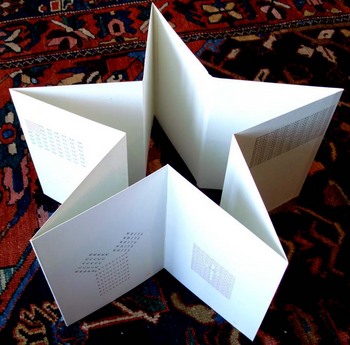
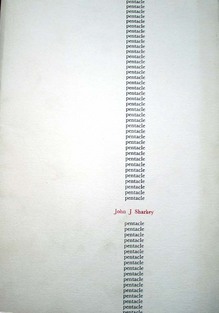
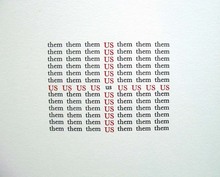
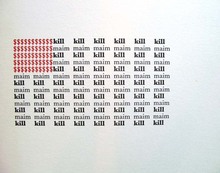
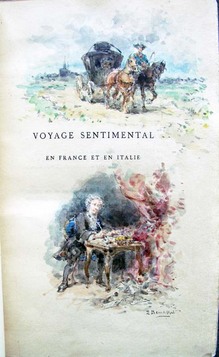
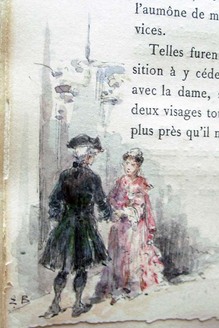

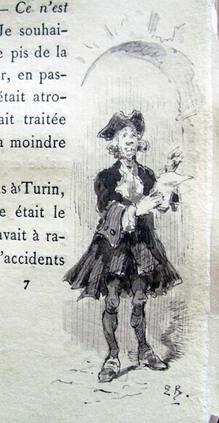
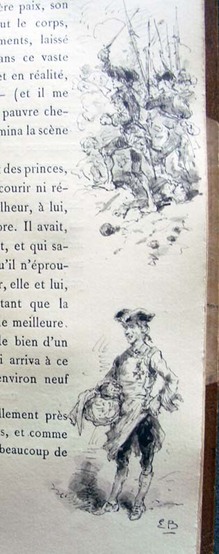
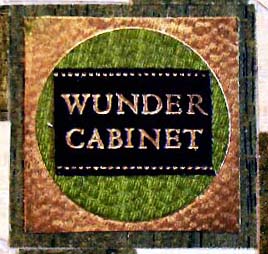
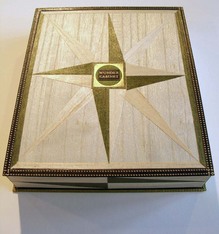
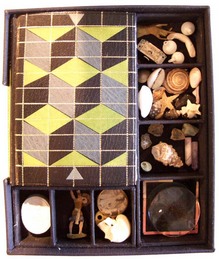

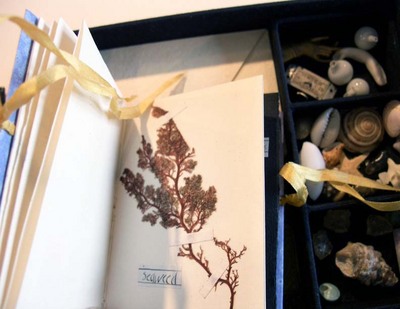
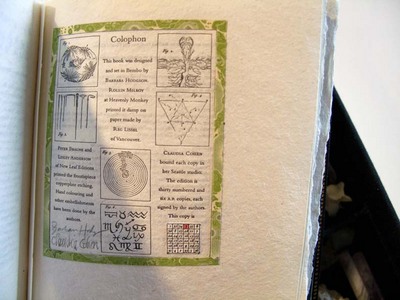

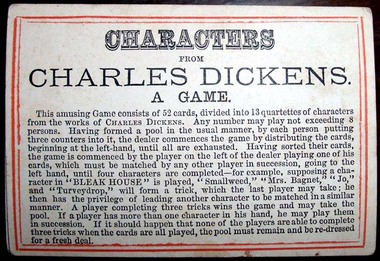
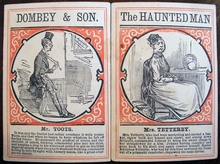


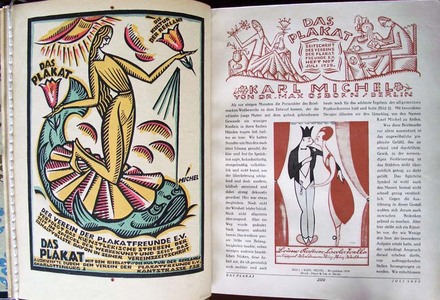

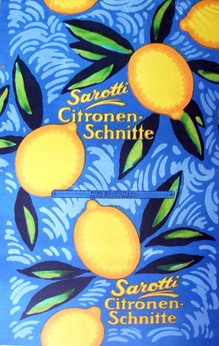

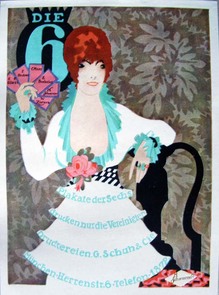


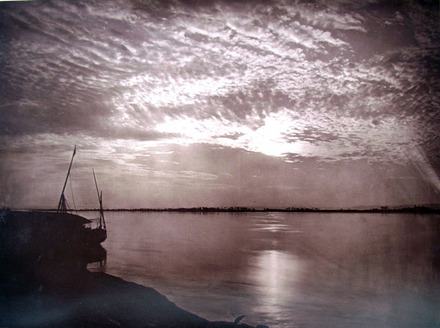
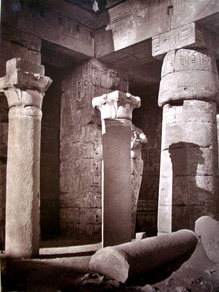
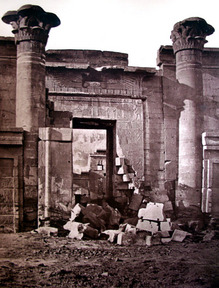
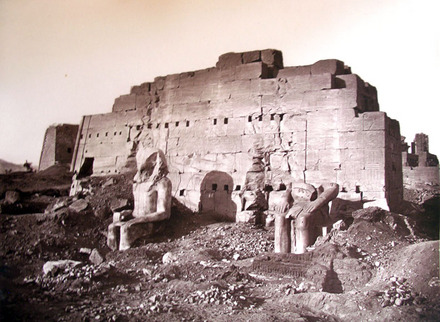
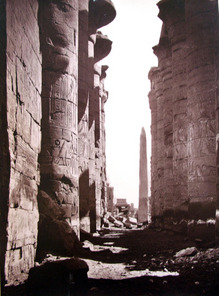
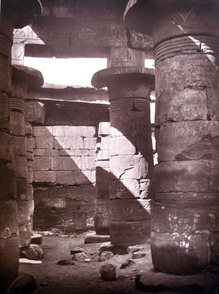

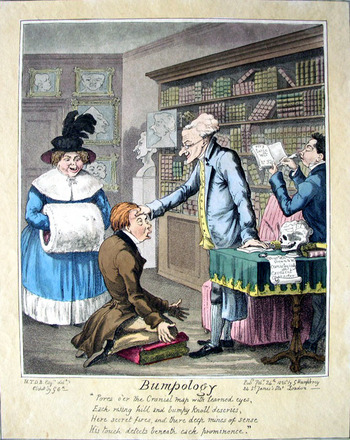

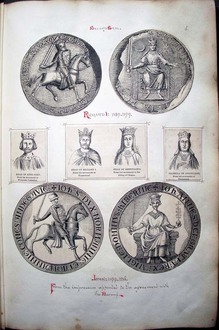
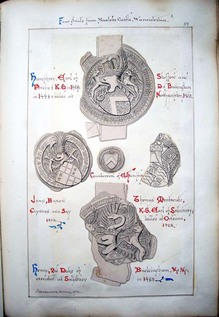


Recent Comments